Chemistry for Biological Science – II (Tam)
Syllabus
UNIT I: Co-ordination Chemistry and Water Technology
Co-ordination Chemistry: Definition of terms – IUPAC
Nomenclature – Nomenclature – Werner’s theory – EAN rule
– Pauling’s theory – Postulates – Applications to
[Ni(CO)4], [Ni(CN)4]
2−
, [Co(CN)6]
3−
Chelation – Biological
role of Hemoglobin and Chlorophyll (elementary idea) –
Applications in qualitative and quantitative analysis.
Water Technology: Hardness of water, determination of
hardness of water using EDTA method, zeolite
method-purification techniques – BOD and COD.
Unit II: Carbohydrates
Classification, preparation and properties of glucose and
fructose. Discussion of open chain ring structures of glucose
and fructose. Glucose-fructose interconversion. Preparation and
properties of sucrose, starch and cellulose.
Unit III: Amino Acids and Essential elements of biosystem
Classification – preparation and properties of alanine,
preparation of dipeptides using Bergmann method – Proteins –
classification – structure – Colour reactions – Biological
functions – nucleosides – nucleotides – RNA and DNA –
structure. Essentials of trace metals in biological system-Na,
Cu, K, Zn, Fe, Mg.
Unit IV: Electrochemistry
Galvanic cells – Standard hydrogen electrode – calomel
electrode -standard electrode potentials – electrochemical series.
Strong and weak electrolytes – ionic product of water – pH,
pKa, pKb. Conductometric titrations – pH determination by
colorimetric method – buffer solutions and its biological
ii
applications – electroplating – Nickel and chrome plating –
Types of cells – fuel cells-corrosion and its prevention.
Unit V: Photochemistry
Grothus – Drapper’s law and Stark-Einstein’s law of
photochemical equivalence, Quantum yield – Hydrogen –
chloride reaction. Phosphorescence, fluorescence,
chemiluminescence and photosensitization and photosynthesis
(definition with examples).




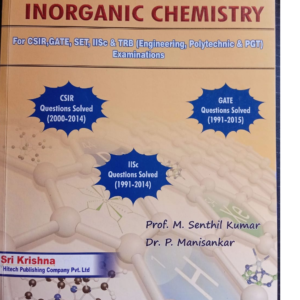

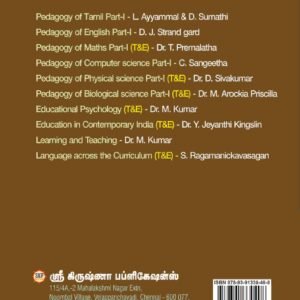
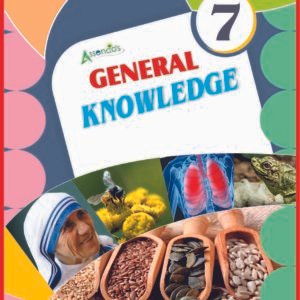
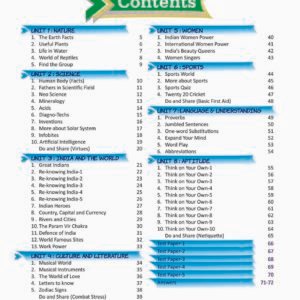





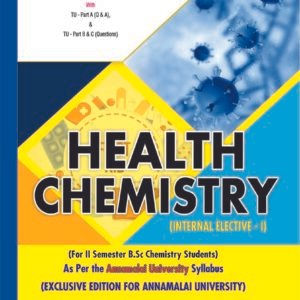
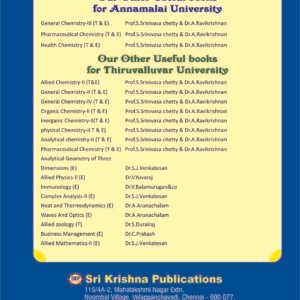
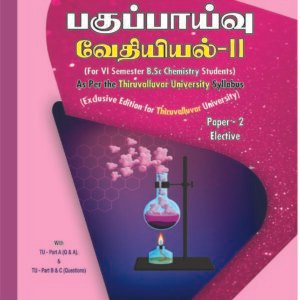
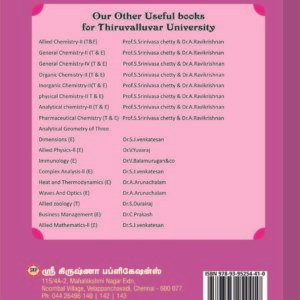
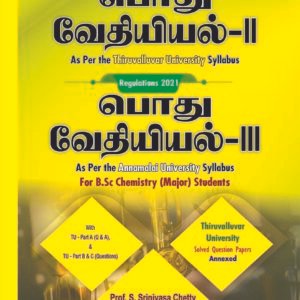

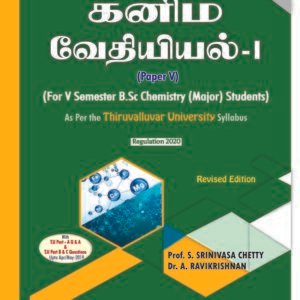

Reviews
There are no reviews yet.